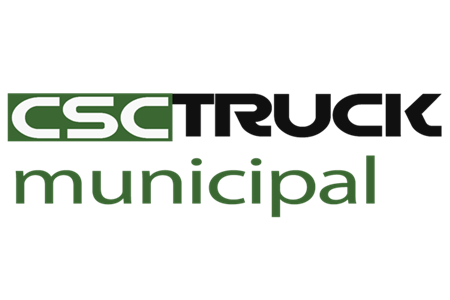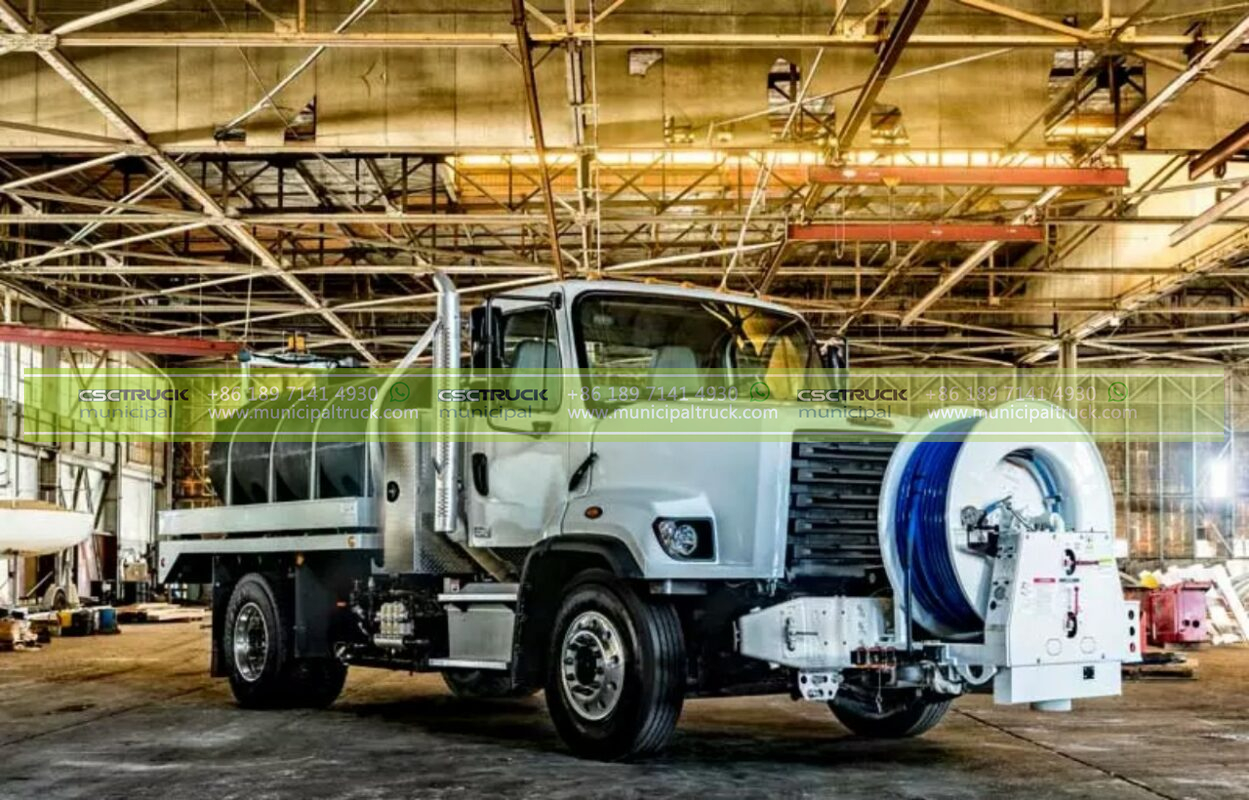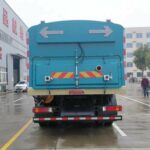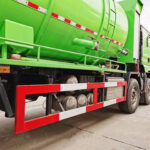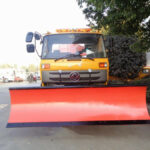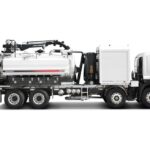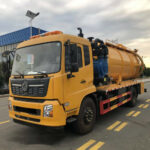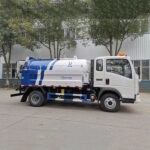The Ticking Time Bombs Beneath Metropolises
Last winter’s Great Boston Greaseberg – a 42-ton congealed mass of cooking oils and wet wipes that paralyzed downtown sewers for 11 days – exposed the fragility of aging wastewater systems across North America. Municipalities now grapple with a perfect storm: 68% of combined sewer lines in major U.S. cities exceed 50 years of service, while population density drives wastewater volumes 23% beyond design capacity. During my midnight ride-along with Detroit’s emergency sewer crew, we confronted a recurring nightmare: calcified fatbergs choking 36-inch mains, threatening basement flooding across entire neighborhoods. These aren’t mere inconveniences – when main line blockages reach critical mass, they trigger sewage overflows contaminating watersheds, disrupt transportation networks through sinkholes, and incur EPA fines exceeding $50,000 per violation hour. The frontline defense against this subterranean warfare? Advanced sewer cleaner trucks evolving from reactive vacuum units to intelligent blockage prevention systems.
Engineering the Blockage Prevention Arsenal
Modern sewer cleaner trucks have transcended their origins as motorized vacuum units, integrating mechatronic systems that identify, disintegrate, and extract threats before they escalate into disasters.
Hydro-Kinetic Annihilation Systems
The core advancement lies in intelligent hydro-jetting arrays capable of delivering 42,000 PSI at variable frequencies – sufficient pressure to pulverize concrete-like grease formations yet gentle enough to preserve century-old brick conduits. Toronto Water’s CJX-9000 fleet demonstrates how oscillating nozzle technology adapts jet patterns in real-time: diamond-tipped rotary heads rotate at 2,500 RPM to carve through mineral deposits while wide-fan sprays fluidize sedimentary banks. Crucially, the simultaneous vacuum recovery captures 98% of dislodged debris through coaxial piping, preventing downstream redistribution that traditionally caused 37% of secondary blockages during cleaning operations.
Predictive Sensing Integration
Beyond reactive cleaning, next-generation units embed autonomous inspection modules. Minneapolis’s trucks deploy articulating CCTV borescopes during operations, mapping pipe defects while AI cross-references the data with municipal GIS systems. This enables pre-failure intervention when sensors detect telltale anomalies: velocity drops indicating sediment accumulation, thermal spikes signaling grease solidification, or acoustic resonance shifts revealing structural fatigue. Philadelphia’s data shows this approach reduces emergency callouts by 64% by addressing blockages during embryonic stages.
Operational Transformation in Urban Drainage Management
The shift from scheduled cleaning to condition-based maintenance represents a quantum leap in municipal workflows. Seattle’s integrated sewer management program illustrates the transformation:
- Risk-Based Deployment Algorithms: AI prioritizes cleaning routes using 47 variables – from restaurant grease trap compliance data to weather-precipitated inflow projections – reducing redundant maintenance in low-risk zones by 52%
- Continuous Process Optimization: Real-time viscosity sensors automatically adjust fluid temperatures and surfactant ratios during winter operations, maintaining peak efficiency at -25°C when traditional units fail
- Automated Regulatory Compliance: Blockchain-enabled work logs document pipe conditions pre/post-cleaning, satisfying EPA CMOM (Capacity, Management, Operations, Maintenance) requirements that previously consumed 180 staff-hours monthly
The operational payoff manifests in disasters averted: After implementing predictive cleaning, Atlanta reduced combined sewer overflows (CSOs) by 83% during 2024’s record hurricane season – preventing 12 million gallons of untreated sewage from entering the Chattahoochee River.
Environmental Safeguards Beyond Compliance
While preventing blockages protects watersheds by default, modern sewer cleaner trucks deliver layered ecological benefits:
- Microplastic Interception: Advanced filtration systems capture 89% of tire-wear particles and synthetic fibers before they enter marine ecosystems – critical when studies show wastewater contributes 48% of oceanic microplastics
- Chemical Displacement: High-temperature hydro-jetting eliminates solvent-based grease dissolution agents, reducing annual chemical usage by 28,000 gallons in medium-sized cities
- Resource Recovery: Chicago’s thermal hydrolysis modules now convert captured FOG (fats, oils, grease) into 9,000 gallons monthly of biodiesel for municipal fleets
- Aquifer Protection: Precision leak detection during cleaning prevents untreated infiltration from contaminating groundwater – a vital function where 34% of aging sewers exfiltrate over 50,000 gallons daily
The Economic Calculus of Prevention
Investing in advanced sewer cleaner trucks delivers staggering ROI by transforming cost centers into value generators:
| Fiscal Impact Area | Conventional Fleet | Advanced Prevention Fleet | Improvement |
|---|---|---|---|
| Emergency Repair Costs | $1.2 million/yr | $310,000/yr | 74% ↓ |
| EPA Penalties | $640,000/yr | $85,000/yr | 87% ↓ |
| Fleet Fuel Consumption | 428,000 gal/yr | 291,000 gal/yr | 32% ↓ |
| Road Restoration (Post-Collapse) | $2.7 million/yr | $680,000/yr | 75% ↓ |
| Public Health Costs | $910,000/yr | $220,000/yr | 76% ↓ |
Portland’s experience proves the paradigm shift: After deploying 12 intelligent cleaner trucks, the city avoided $4.3 million in sinkhole repairs during 2024-25 alone while reallocating 14 maintenance staff to infrastructure rehabilitation projects.
Next-Generation Urban Integration
Leading municipalities now leverage sewer cleaner trucks as data collection platforms feeding digital twins of underground infrastructure. Montreal’s units integrate with the city’s AI-powered hydraulic model, simulating how proposed high-rises will impact century-old combined sewers before construction permits are issued. Meanwhile, autonomous sewer drones launched from truck-mounted airlocks map inaccessible laterals, creating 3D structural integrity reports that inform capital budgeting. The emerging predictive analytics dashboard in Los Angeles forecasts blockage probabilities 72 hours in advance using machine learning analysis of:
- Real-time CCTV defect scoring
- Restaurant grease interceptor compliance records
- Transportation department street sweeping schedules
- Weather service precipitation probability models
This convergence allows crews to execute micro-cleaning interventions – targeting specific pipe segments with surgical precision rather than entire trunk lines.
Redefining Municipal Fleet Strategy
The sewer cleaner truck’s evolution signals a broader reimagining of urban service vehicles as multi-role resilience platforms. Vancouver now deploys modular chassis that reconfigure from sewer jetting to winter brine distribution in under 30 minutes – a flexibility that reduced their specialized fleet by 19 units. San Francisco’s sanitation department specifies common powertrains across sewage trucks, street sweepers, and leaf collection vehicles, slashing maintenance training costs by 41%. The horizon points toward emission-neutral operations: Hydrogen fuel cell prototypes undergoing testing in Toronto eliminate 28 tons of annual diesel particulates per truck – critical for crews working in confined spaces. As cities confront 21st-century challenges, the distinction between garbage trucks, vacuum units, and emergency responders will blur into integrated municipal truck fleets serving as dynamic guardians of urban habitability.
